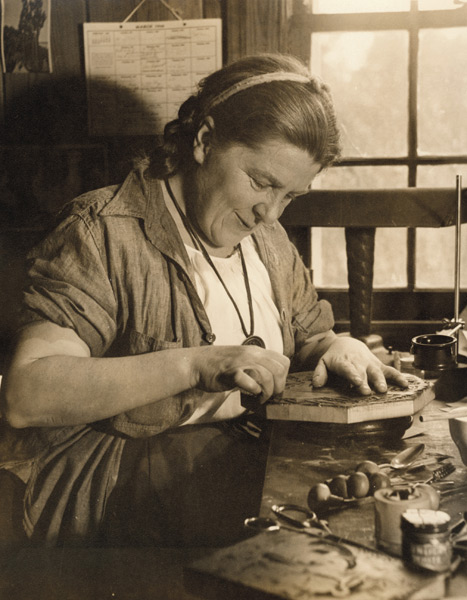So, if you read the previous blog you will have seen me raise a quizzical eyebrow at the woman who said she was so looking forward to village life where everyone was equal and everyone joined in everything….
More vignettes from the village festivities:
One:
A stallholder arriving and asking where was her chair, her table ( neither of which she had asked for/ordered/paid for) her help to get stuff from her car, and someone to help erect her gazebo ( none of which we have people on hand just waiting to do) and, by the way, where was Tim.
‘Tim’ I asked, ‘Do you mean Tim running the bookstall? because I think he is sorting books.’
‘No,Tim my son’
‘I’m sorry I don’t know your son.’
‘Really? you don’t know Tim. Have you lived here long?’
‘Nine years.’
‘Well, when you see him, please send him to me immediately.’
Two:
Most of the village street has pavements either side but there is a stretch with houses and no pavements, and that makes it difficult to walk into the village without flattening yourself against a wall as posh cars on their way to Goodwood, or indeed many other vehicles on their way somewhere or another, come through.
At 8 am as the street was closed, a man stepped down into the road and stated painting his wall.
‘Nice day for it’ we said as we walked past.
‘The only bloody day for it’ he said.
Three:
A phone call at 9pm a day or two before the festivities.
‘Just checking you can organise me a lift.’
It turned out the caller was a man who sells homemade stuff and lives in the outskirts of the village and is no longer allowed to drive.
I was not sure that organising a pick up was in my remit but the Best Beloved said he’d do it.
Delivered, and set up, and sold out by early afternoon, I decided it was best to get the man home safely.
Called my Best Beloved who was on the Downs with the dog and asked him to come and get the chutney man.
A few minutes later BB called to say he had fallen and badly sprained his ankle so no, he couldn’t do pick ups and deliveries.
So, now I had a man waiting for a lift home, and an injured husband.
I grabbed the son of friends, handily having a nice time at the event and not looking like he was about to do anything important, and asked that he would walk man down the street, wait with him whilst I got my car, and I would collect him, deliver him home and then drive to find my injured BB.
He did that with a lovely good grace and all was done.
Man was delivered hime safely. BB delivered home, bag of peas on his ankle and me back to the festivities.
Now, if I tell you that the badly sprained ankle turned out to be a pretty serious and unusual injury and needed two hours of surgery to fix, there was various and somewhat eccentric other stuff around the homemade stuff man which involved a mysterious bottle of martini, you might begin to think, ‘there is more to running a village festivities than I would have imagined’ and you’d be right.












